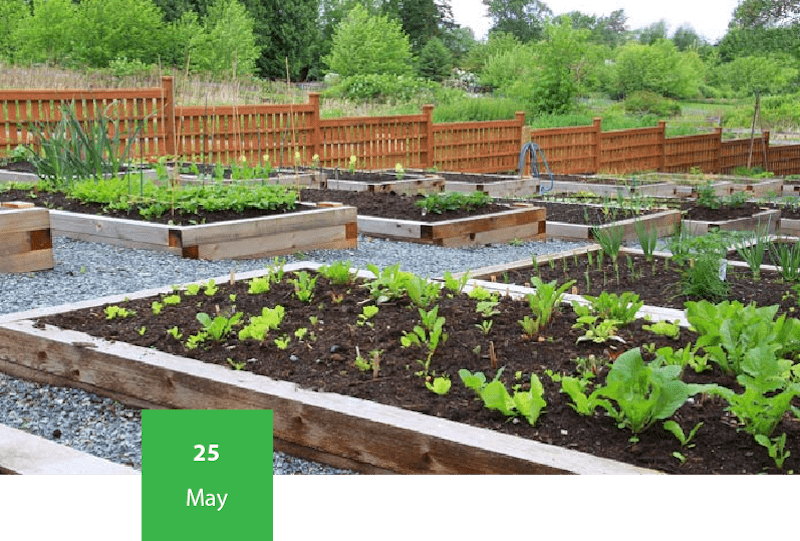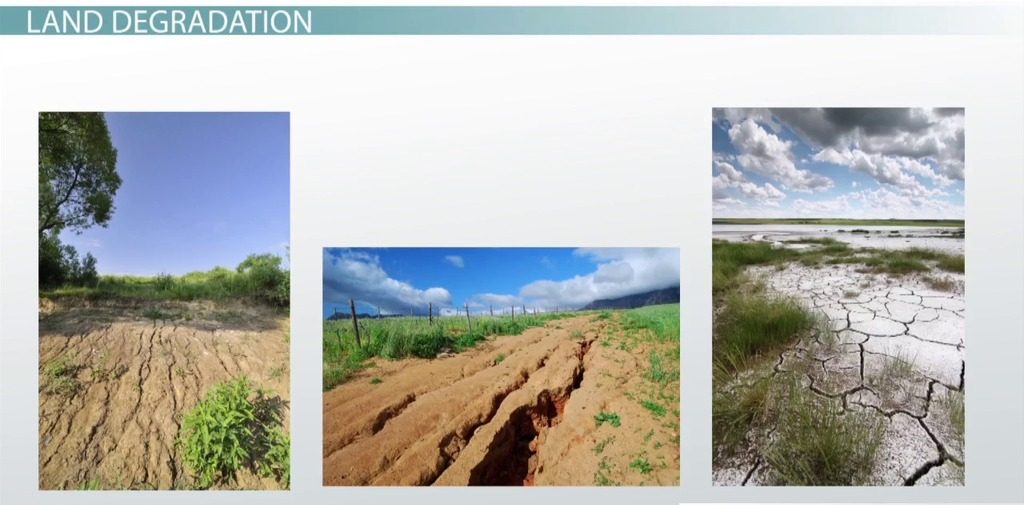How to Start a Community Garden: Step-by-Step Guide
Community gardens are not just patches of green; they are vibrant hubs of life, fostering a sense of community, promoting sustainable living, and providing fresh produce to those who participate. If you’ve ever thought about starting a community garden in your neighborhood, you’re in the right place. In this step-by-step guide, we will walk you through the process, from finding the perfect location to harvesting your first batch of vegetables.
Step 1: Rally Your Community
Before you start digging in the dirt, you need to gauge interest and gather support from your community. Holding a neighborhood meeting or creating an online group can help you identify potential gardeners and garner enthusiasm for the project. Discuss the benefits of community gardening, share success stories from other gardens, and create a core group of individuals willing to commit their time and effort.
Step 2: Secure a Suitable Location
Finding the right location is crucial for the success of your community garden. Look for a spot that receives ample sunlight and has access to water. Reach out to your local government, schools, churches, or even private landowners to inquire about available land. Ensure that the chosen site complies with zoning regulations and has a clear legal status.
Step 3: Plan and Design Your Garden
Once you’ve secured a location, it’s time to plan your garden layout. Consider factors like plot sizes, pathways, communal areas, and the types of crops you want to grow. Designing your garden with accessibility in mind is essential to accommodate gardeners of all ages and abilities.
Step 4: Gather Necessary Supplies
To get started, you’ll need some essential gardening supplies. These may include gardening tools (shovels, rakes, hoes, watering cans), seeds or starter plants, mulch, compost, and fencing to protect your garden from wildlife. Consider hosting a fundraiser or seeking donations to acquire these items if your community doesn’t have them readily available.
Step 5: Set Garden Rules and Guidelines
Establishing clear rules and guidelines is essential to ensure that everyone in the community garden can enjoy their experience. Determine policies on plot allocation, maintenance responsibilities, and behavior expectations. Transparency and effective communication will help prevent conflicts down the road.
Step 6: Build Garden Beds and Infrastructure
With your design and rules in place, it’s time to start building the garden infrastructure. Create garden beds using raised beds, containers, or traditional in-ground plots, depending on your space and resources. Install pathways, garden signs, and any communal structures like a shed or seating area.
Step 7: Plant Your Garden
Now comes the fun part—planting your garden! Encourage gardeners to choose their preferred crops and start planting according to the planting calendar for your region. Consider organizing gardening workshops or inviting experts to help your community members get started.
Step 8: Maintain and Nurture Your Garden
Regular maintenance is essential to ensure a bountiful harvest. Set up a schedule for watering, weeding, and pest control. Encourage gardeners to compost kitchen scraps and yard waste to enrich the soil naturally. Regular community workdays can help distribute maintenance tasks and strengthen community bonds.
Step 9: Foster Community Engagement
To keep the sense of community alive, organize events, workshops, and social gatherings within the garden. Host harvest festivals, cooking classes, or gardening demonstrations to bring gardeners together and share knowledge and experiences.
Step 10: Harvest and Share the Bounty
As your garden flourishes, it’s time to enjoy the fruits (and vegetables) of your labor. Coordinate the harvest and establish a fair system for distributing produce among the gardeners. Consider donating surplus produce to local food banks or community organizations to give back to your wider community.
Step 11: Evaluate and Improve
After your first growing season, take some time to evaluate your community garden’s performance. Collect feedback from gardeners, identify areas for improvement, and plan for the next season. Continual assessment and adaptation will help your garden thrive year after year.
Step 12: Expand and Inspire
Once your community garden is established and flourishing, consider expanding or helping neighboring communities start their own gardens. By sharing your experiences and successes, you can inspire others to embrace community gardening and foster a greener, more connected world.
Starting a community garden may require hard work and dedication, but the benefits—both for the environment and your community—are well worth the effort. As you watch your garden grow, you’ll witness the power of shared labor, the joy of fresh produce, and the beauty of a stronger, more connected neighborhood. So, grab your gardening gloves and get ready to sow the seeds of community and sustainability in your own backyard!
Step 13: Sustainability and Eco-Friendly Practices
As your community garden continues to thrive, consider implementing sustainability practices to minimize your environmental footprint. Here are some ideas:
Composting: Encourage gardeners to compost organic waste from the garden and kitchen. Compost enriches the soil, reduces waste, and promotes eco-friendly gardening.
Rainwater Harvesting: Install rain barrels to collect and store rainwater for irrigation. This reduces water consumption and helps conserve this precious resource.
Native Plants: Incorporate native plants into your garden design. Native species are adapted to your region’s climate and require less maintenance and water.
Organic Gardening: Promote organic gardening practices by avoiding synthetic chemicals and pesticides. Encourage the use of natural alternatives and companion planting to control pests.
Step 14: Document and Celebrate Success
Documenting the progress and successes of your community garden is essential for its long-term sustainability. Keep a garden journal, take photos, and share stories of your journey. Hosting annual garden celebrations and sharing these accomplishments with the broader community can help raise awareness and support for your garden.
Step 15: Seek Funding and Grants
As your community garden grows, you may need additional resources to expand or maintain it. Look for funding opportunities and grants from local governments, non-profit organizations, or businesses interested in supporting community gardens. These funds can be used for infrastructure improvements, educational programs, or community events.
Step 16: Build Partnerships
Building partnerships with local schools, businesses, and other community organizations can enhance your garden’s impact. Schools can use the garden for educational purposes, local businesses can provide resources or sponsorship, and collaborating with other community groups can lead to exciting joint projects.
Step 17: Share Knowledge and Mentor New Gardeners
As experienced gardeners in your community garden, consider mentoring newcomers. Sharing your knowledge and expertise not only helps new gardeners get started but also strengthens the bonds of your garden community. Consider creating a mentorship program to facilitate this exchange of knowledge.
Step 18: Adapt to Changing Needs
Communities evolve, and so do their needs. Be open to adapting your community garden’s goals and structure as your community changes. Conduct regular surveys and engage in dialogue with your gardeners to ensure the garden continues to meet their needs and interests.
Step 19: Promote Inclusivity
Community gardens should be inclusive spaces where everyone feels welcome. Make efforts to ensure that your garden is accessible to people of all backgrounds, abilities, and ages. Consider creating designated spaces or raised beds for individuals with mobility challenges.
Step 20: Celebrate Milestones
Celebrate the milestones and anniversaries of your community garden. Whether it’s the garden’s first harvest, a decade of existence, or a particularly successful season, these celebrations reinforce the sense of community and pride among your gardeners.
In conclusion, starting and maintaining a community garden is a fulfilling journey that brings people together, promotes sustainable living, and provides access to fresh, homegrown produce. By following these steps and embracing the values of community, sustainability, and inclusivity, you can create a vibrant and thriving community garden that becomes a cherished asset in your neighborhood.
Remember, a community garden is not just about the plants; it’s about the people who nurture them and the connections that blossom as a result. So, roll up your sleeves, get your hands dirty, and watch as your community garden grows and flourishes, one plant and one person at a time. Happy gardening!





